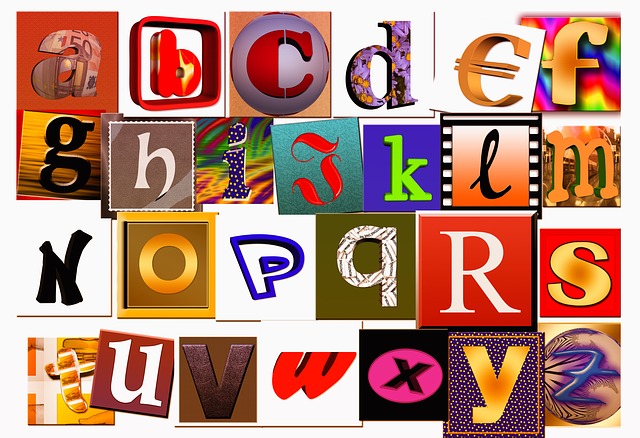Phonics is FUN n Easy
Phonics taught at Brain Domain uses effective and methods to ensure guaranteed results.
What is Brain Domain Phonics?
Brain Domain Phonics is a method of teaching how spoken words are composed of sounds called phonemes, and how the letters of words correspond to those phonemes. The process of reading involves ‘decoding’ words into their sounds, so that meaning can be extracted from the speech made up of these sounds. We use synthetic phonics in combination with brain based teaching and learning methods to accelerate the learning process.
What is meant by the term ‘synthetic’ in Brain Domain Phonics’?
This has nothing to do with being artificial, or being made of plastic! It is to do with putting things together. You synthesize when you blend together the component sounds of a word to produce the sound of the word as a whole. Thus putting the sounds /k/, /a/ and /t/ together produces the sound of the word ‘cat’. It is a Eureka moment for a child, when they find they can do this by themselves for
a new word – to find out what it means by how it sounds. It opens the whole world of books to them.
What is the “whole language” approach to phonics?
The alternative approach (called the ‘whole language’, ‘whole word’ or ‘look and say’ approach) is to teach the recognition of whole words and associating the pattern of letters and shape of word directly with the meaning of the word. The theory is that, to read rapidly, one needs to have immediate recognition of whole words, and direct access to their meaning. Words that cannot be so recognized may be understood from context, grammar, etc.
Why is Brain Domain phonics better?
Brain Domain Phonics is better because it teaches how to decode all words, including unfamiliar words. Typical reading matter is composed of a mixture of “content words” conveying the essential meaning, and”function words” which provide a framework or glue. The content words tend to be relatively uncommon words, and phonics gives the reader a method of decoding such words.
What is phonemic awareness?
Phonemic awareness is awareness of how words are composed of phonemes. It is an essential element of phonics teaching from the beginning. It is often included in the whole language approach,but not as a starting point.
What is the evidence in support of synthetic phonics?
Studies have shown that after teaching children synthetic phonics “first and fast” when they enter Primary School, the children’s reading progresses above average, and by the time they leave school at eleven, their reading age is over three years ahead of their chronological age, i.e. they are three years ahead of their peers. 100% of pupils had achieved a satisfactory reading level by age 11, as compared to around 80% for the national average.
Can Brain Domain Phonics be used at any age, and for reading recovery?
Yes. All the evidence suggests that basically the same phonics method can be used for the initial teaching of reading at any age, and for reading recovery at any age.
Can Brain Domain Phonics overcome dyslexia?
There is no doubt that there is a biological basis to dyslexia, and some culprit genes have been identified. However, with synthetic phonics, it is normally possible to teach even the most dyslexic child to read. Indeed, the symptoms of dyslexia are often aggravated by other teaching methods, particularly the ‘whole language’ approach.In particular, the teaching of a large number of sight words actually hinders the development of the pathways in the brain that allow rapid decoding.

Leave a Comment